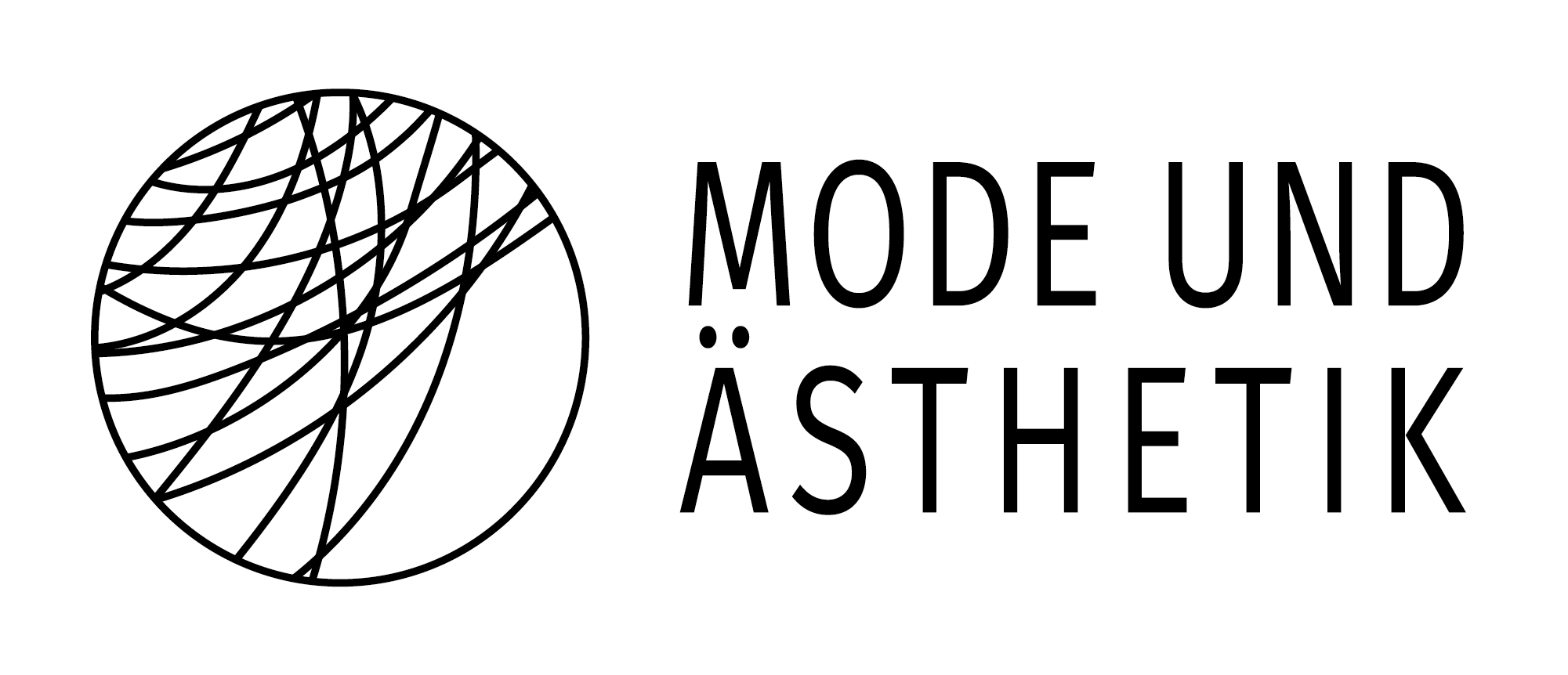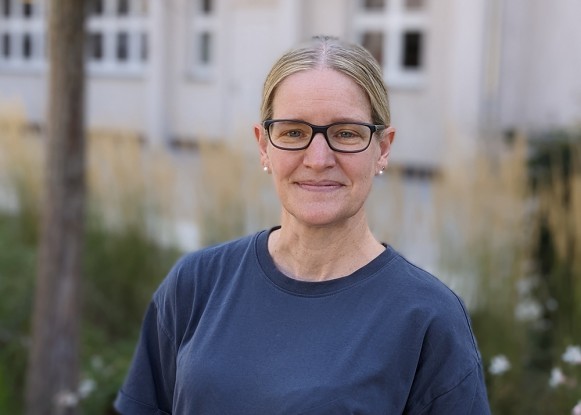Representational Regimes of Migration
5th Workshop with public lecture
in the context of the DFG research network:
“Entangled Histories of Art and Migration: Forms, Visibilities, Agents”
conceptualized and organized by Prof. Dr. Alexandra Karentzos (TU Darmstadt) and Prof. Dr. Melanie Ulz (Universität Regensburg)
5. Workshop with public lecture in the framework of the DFG research network: “Entangled Histories of Art and Migration: Forms, Visibilities, Agents” organised by Prof. Dr. Alexandra Karentzos (TU Darmstadt) and Prof. Dr. Melanie Ulz (Universität Regensburg)
Technical University of Darmstadt, 04 to 05 February 2022
Presence hybrid on site:
Friedrich-Ludwig-Weidig-Saal 18 in Building S3|20, Rundeturmstraße 10
In the year 2021, the German recruitment agreement with Turkey has had its 60th anniversary. Numerous events and exhibitions make the reality of life of those visible who came to Germany as so-called gastarbeiter (immigrant workers). The realisation of the museum requested by DOMID for nearly 30 years appears to be within grasp as the Federal Government provided funding in 2019 for a Haus der Einwanderungsgeschichte (house of immigration history).
At the same time, immigrants are being pushed back illegally at the outer EU borders. Particularly pictures of families with children shown starving and freezing in the border region of Poland and Belarus have become everyday reality in November 2021 and are intended to bring the suffering in this region to light. One year after the fire in Moria, new refugee camps have been set up where asylum seeking refugees are to be detained behind barbed wire far away from urban infrastructure and public perception. This leads to the question what importance visual representation, i.e., (in)visibility of migration historic and present views carries.
The visibility and invisibility of migrants is constitutive for their perception, because political debates about migration and immigration in addition to the presence, past and future of an immigration society are strongly visually influenced. Images are used as driving force of political debates. Memorials and institutions contribute to the retrospective structuring of commemorative discourses. The examples show quintessentially to what extend the visibility of migration depends on other factors such as time, place and environment. The wide-ranging and complex levels of (in)visibility of migrants, hence, requires an intersectional approach that also clearly focuses on differing concepts of gender, ethnicity, race, class and sexual orientation.
Images contribute significantly to the interpretation of reality and, thus, to perceiving migrants. They are party to the negotiation of how migrants perceive themselves and are seen by others because they both reproduce and reinforce common beliefs of migration or flight in addition to modifying, transforming and changing them. Visibility is a central factor of political representation because the process of making something or someone visible holds the promise of appropriately representing the interests of a group in public (culturally and politically) which in itself can become a symbol for shifting power structures. Visibility politics can, therefore, be interpreted as negotiation processes in which social inclusion and/or a redistribution of power and resources is called for. However, visibility as explained by Johanna Schaffer (2008) cuts both ways. It is not just an instrument for fighting for political participation but also a control instrument used to stabilise existing dominant power structures. The workshop will discuss these image policies and intends to analyse migration specific visibilities both in contemporary mass media and in the arts, in institutions and in the public sphere and to form a theory about visual negotiation processes linked to them. What is the significance of media-based (in)visibility of migration? What role do images play that comment and interpret migration-political events and phenomena, that predetermine, dominate, repeat or dismiss views? What is the significance of artistic interventions using the role of documentary images as “power/knowledge” nodes, as representation of “migrant reality” to discover new perspectives and resistive views of migration-specific topics and, thus, to create new approaches?
04 February 2022
| 2 pm |
Welcome and introduction Alexandra Karentzos and Melanie Ulz |
| 2.30 pm | Rhea Dehn Tutosaus: Lecture with film screening: Randa Maroufi: Bab Sebta (Ceuta’s Gate), film, 19 minutes, 2019 |
| 4 pm | Coffee break |
| 4.30 pm – 6 pm |
Film screening: Ursula Biemann (in collaboration with Angela Sanders): Europlex, 2003, video essay, 20 minutes Ursula Biemann: Contained Mobility, 2004, synch. two-channel video installation, 20 minutes and subsequent group discussion |
Saturday
| 10 am – 12.30 pm |
network-internal inputs and fishbowl discussion of the material: Cathrine Bublatzky + Kea Wienand discussing: “Blickverhältnisse – Körper – migratory aesthetics?” (Gaze– bodies – migratory aesthetics?) Gabriele Genge: “Sichtbarkeit im Stillleben: Paul Cézanne und Lynette Yiadom-Boakye“ (Visibility in still life: Paul Cézanne and Lynette Yiadom-Boakye) Melanie Ulz: “Die mehrfache Unsichtbarkeit vietnamesischer Arbeitsmigrant*innen in DDR und BRD: Sung Tieus Song for VEB Stern-Radio Berlin” (Multiple invisibility of Vietnamese migrant workers in the GDR and FRG: Sung Tieu's piece “Song for VEB Stern-Radio Berlin”) |
| 2 pm – 3 pm | Concluding panel discussion |



